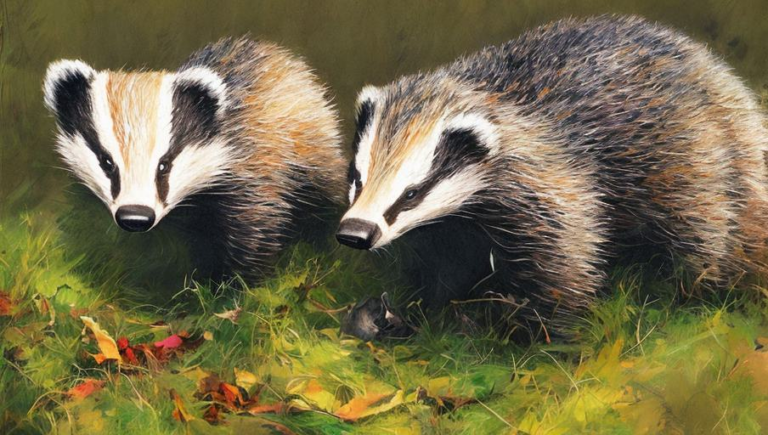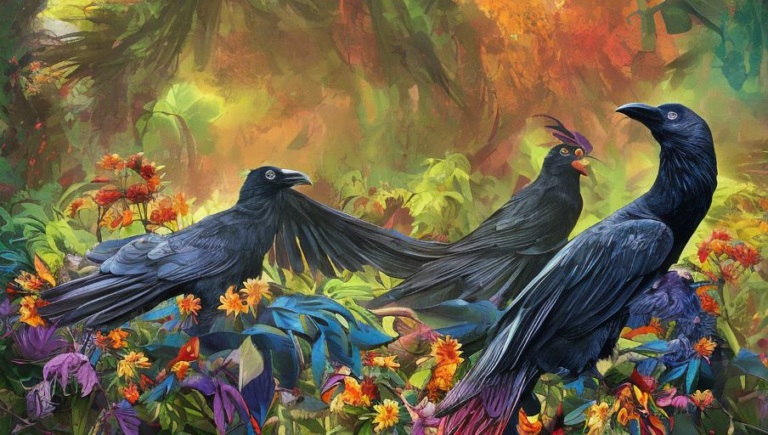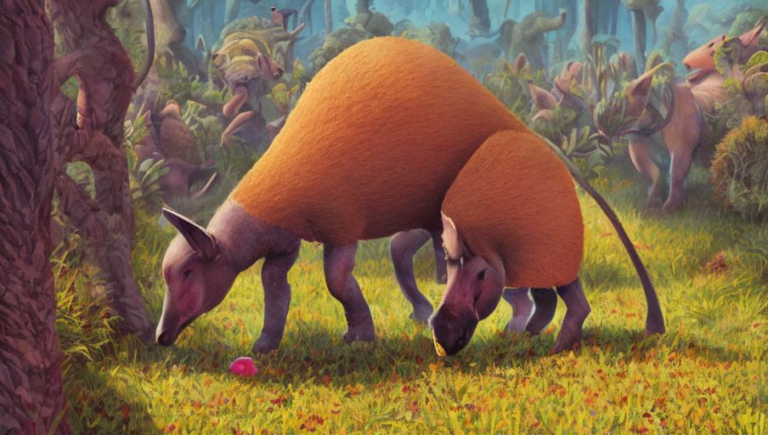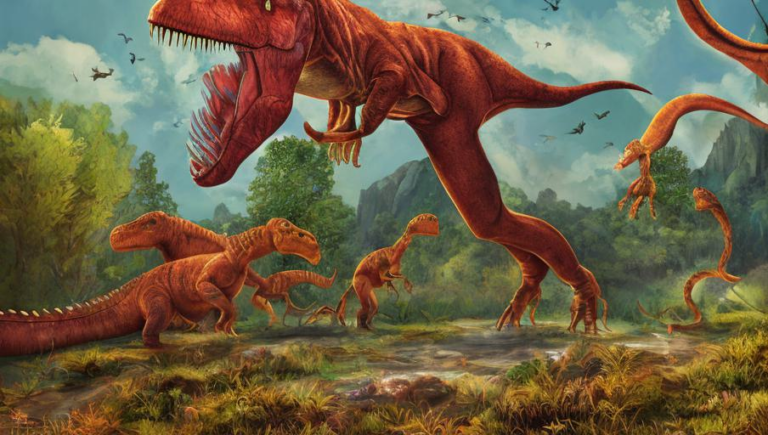A Glimpse Into the Symbiotic Relationship of the Caterpillar
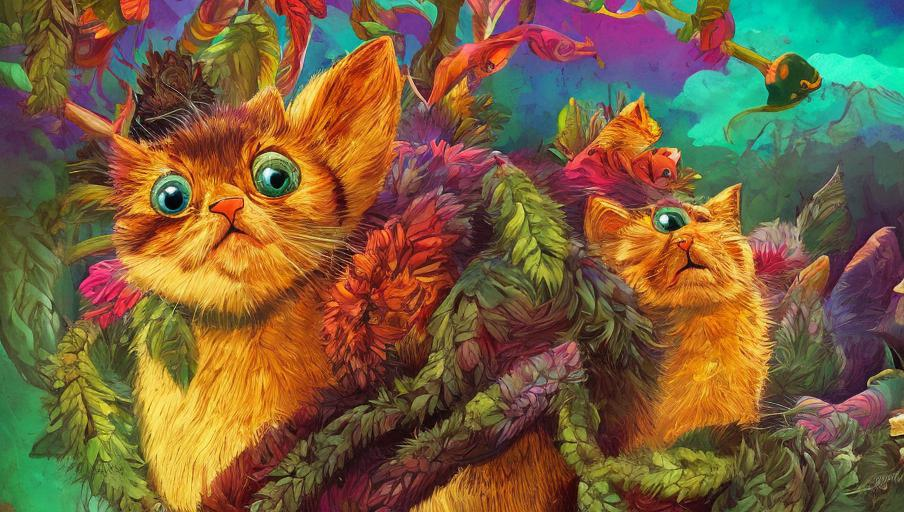
The Symbiotic Relationship of the Caterpillar
The caterpillar is an incredible creature that has a unique relationship with the environment. Its life cycle is a complex one and involves a symbiotic relationship with other creatures, including plants, fungi, and even bacteria. The caterpillar’s symbiotic relationships are essential for its survival and are the foundation of the intricate food webs that exist in the world’s ecosystems.
The Caterpillar’s Relationship with Plants
The caterpillar is a voracious eater, consuming large amounts of leaves, flowers, and other plant parts. This relationship is beneficial for both the caterpillar and the plants. The caterpillar obtains an abundance of nutrients from the plants, while the plants are able to benefit from the caterpillar’s excrement, which is a rich source of nitrogen and other nutrients. This helps to fertilize the soil and promote plant growth.
The Relationship with Fungi
Caterpillars also form a symbiotic relationship with fungi. Fungi are important for the caterpillar’s health, as they provide essential nutrients and help to protect it from diseases. In return, the caterpillar helps to spread the fungi by carrying it on its body and depositing it in new places. This helps to create new colonies and ensures the fungi’s survival.
The Relationship with Bacteria
Bacteria also have a symbiotic relationship with the caterpillar. Bacteria help to break down the caterpillar’s food and provide essential enzymes that aid in digestion. In return, the caterpillar helps to spread the bacteria by carrying it on its body and depositing it in new places. This helps to create new colonies and ensures the bacteria’s survival.
The Impact of the Caterpillar
The caterpillar’s symbiotic relationships play an important role in the world’s ecosystems. As the caterpillar consumes its food, it helps to break down the plant material and release important nutrients into the soil. This helps to promote plant growth and encourages the growth of other species in the ecosystem. The fungi and bacteria also help to create a healthy environment for the caterpillar, ensuring its survival and allowing it to thrive in the wild.
Conclusion
The caterpillar is an incredible creature with a complex and fascinating life cycle. Its symbiotic relationships with plants, fungi, and bacteria are essential for its survival and have a far-reaching impact on the world’s ecosystems. The next time you see a caterpillar, take a moment to appreciate the incredibly intricate web of life it is a part of.

